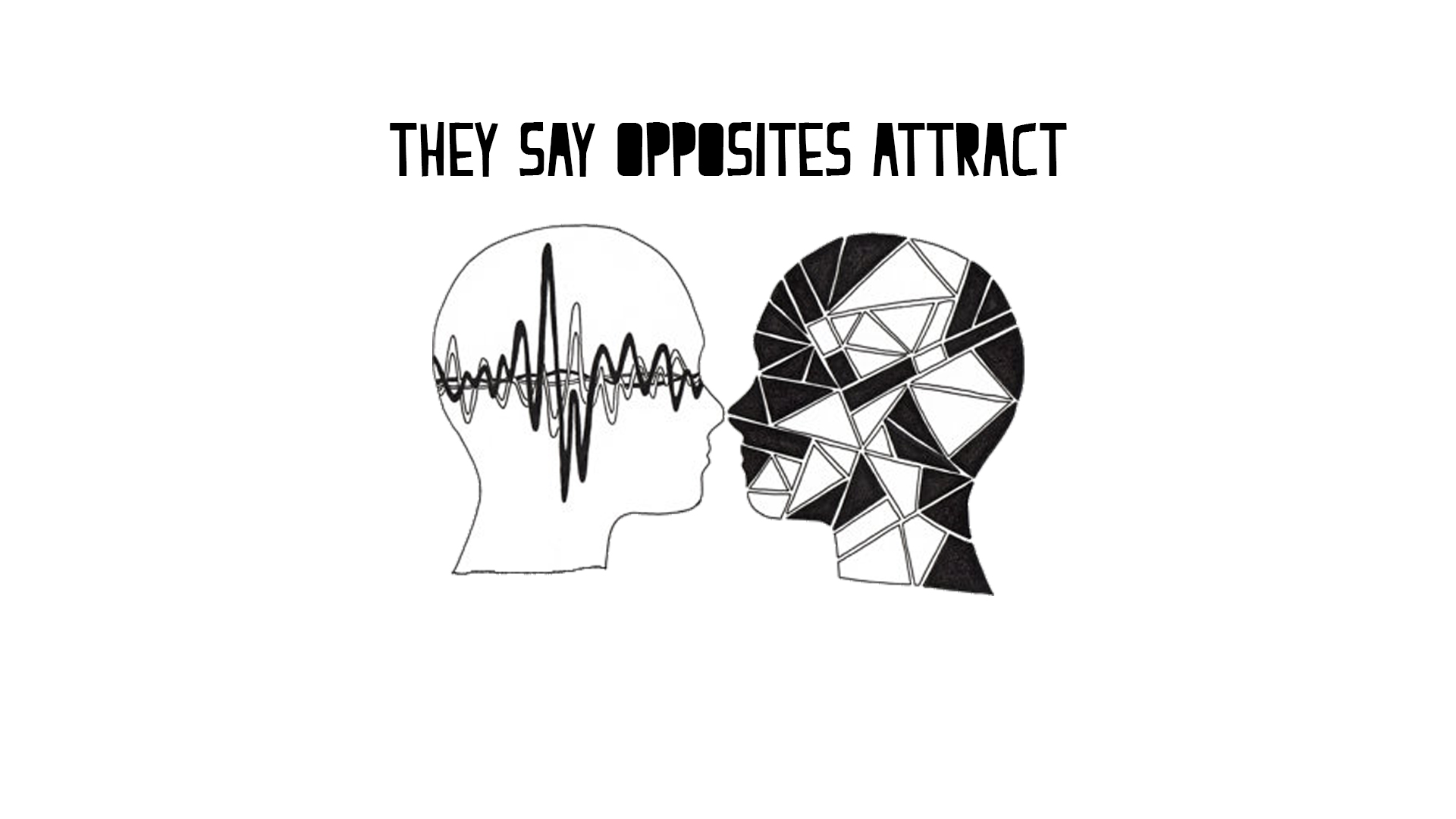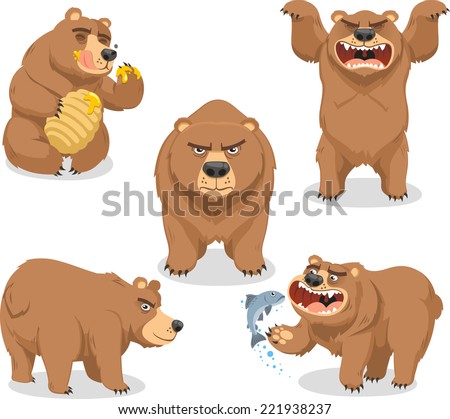Artifact 5: Rules of Attraction
The artifact in module three discussed what makes people attracted to one another. It discusses the ideas that similarities lead to attraction, and opposites attract. My findings did show both ideas to be true. There are people who are in relationships with people who are the total opposites of them, and their relationships work out great. There are also people in relationships with people are very similar to them, and they have great relationships. I did find that couples who are opposites seem to be more comfortable and easy going with each other. Couples who have a lot of similarities seem happy, but have a more strict relationship. I chose this visual image, because it symbolizes how two people can be made up of completely different things; but still be attracted to each other.

Artifact 4: The Self Across Situations
The artifact in module six discussed reflecting on the different behaviors we show in different situations. We were to choose five character traits that we think best describes us, and keep a log of the behaviors used in five different situations. I learned that I do not have as consistent behaviors as I thought. I realized my behaviors had a lot to do with my moods, and what I had going on that day. I initially thought that I was very laid back, and able to allow my moods to fit in with each situation. Needless to say, I concluded that my behavior was inconsistent. I chose this visual image, because it shows a bear in different situations. It’s illustrating that he does have different reactions, but he remains the same.

Artifact 3: Attitudes
The artifact in module seven discussed attitudes and their connection to cognitive dissonance. There is an attitude survey and a behavior survey. They both have questions that coincide with each other to see where your attitudes and behavior stand when it comes to certain situations. I found that I do have a couple of conflicting attitudes and behaviors. The one that stuck out to me the most, was the subject of recycling. While I do believe that recycling is a great way to protect the environment, I do not recycle. I feel horrible about it and I know it is something I should work on. I feel that is a great example of cognitive dissonance. I chose this visual image because I thought it was a humorous illustration of how cognitive dissonance can make one think.

Artifact 2: Stereotyping, Prejudice, and Discrimination
The artifact in module eight discussed stereotyping, discrimination, and prejudice. There is a list of ethnic groups and a list of adjectives. We were to choose two adjectives to describe each group, then compare it with the results of Katz and Braly and Gilbert. The adjectives that were used to describe each ethnic group were not at all surprising. I love the fact that the stereotypes are changing. I do believe they are changing because each groups’ position in society is changing, which is beautiful. I chose this visual image, because it is saying that we need to look beyond the stereotypes. I definitely agree that stereotypes need to be disappear, and happy to see that they are at least changing.

Artifact 1: Liking, Loving, and other close relationships
The artifact in module nine discussed relationships, and what individuals are looking for in a partner. In the personal ads, men tend to look for younger attractive women; whereas women tend to seek older, financially stable men. That is basically still the case in today’s personal ads. Today’s ads tend to be a bit more graphic and outlandish. The individual will specify that they are “looking for a good time,” or “looking for a sugar daddy situation.” The ads today are straight forward for the most part. More men are looking for casual relationships, or companionship. Most women are looking for serious relationships and love.
